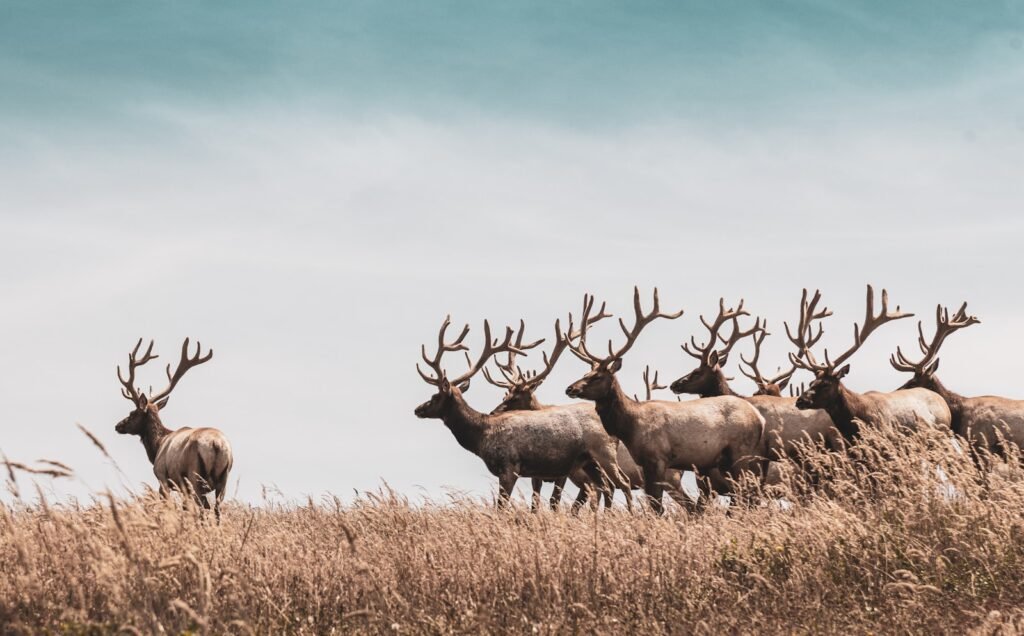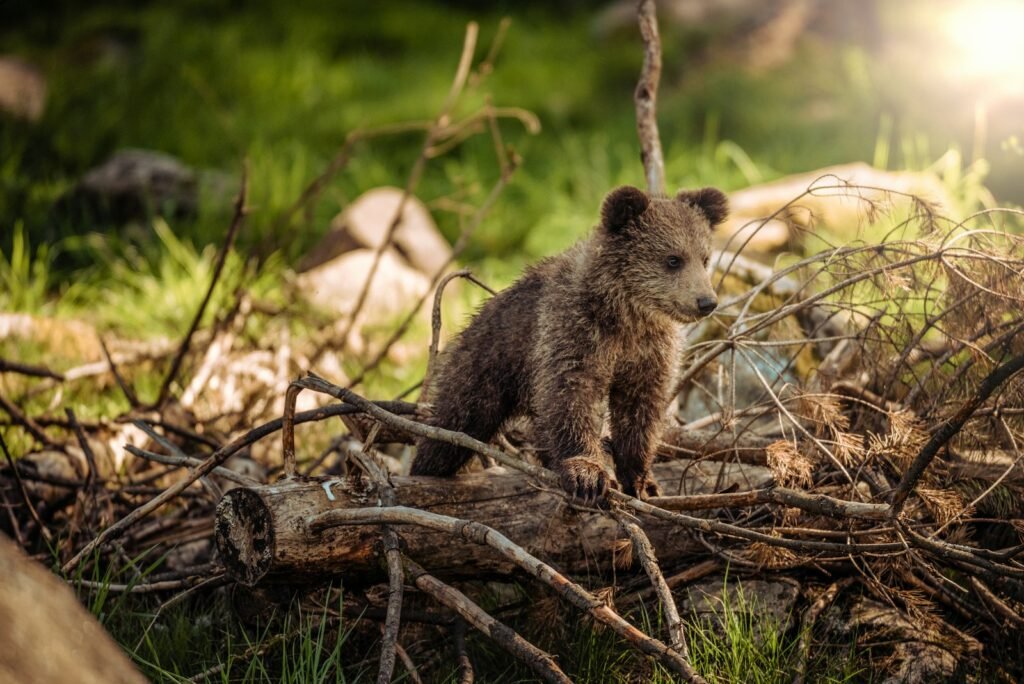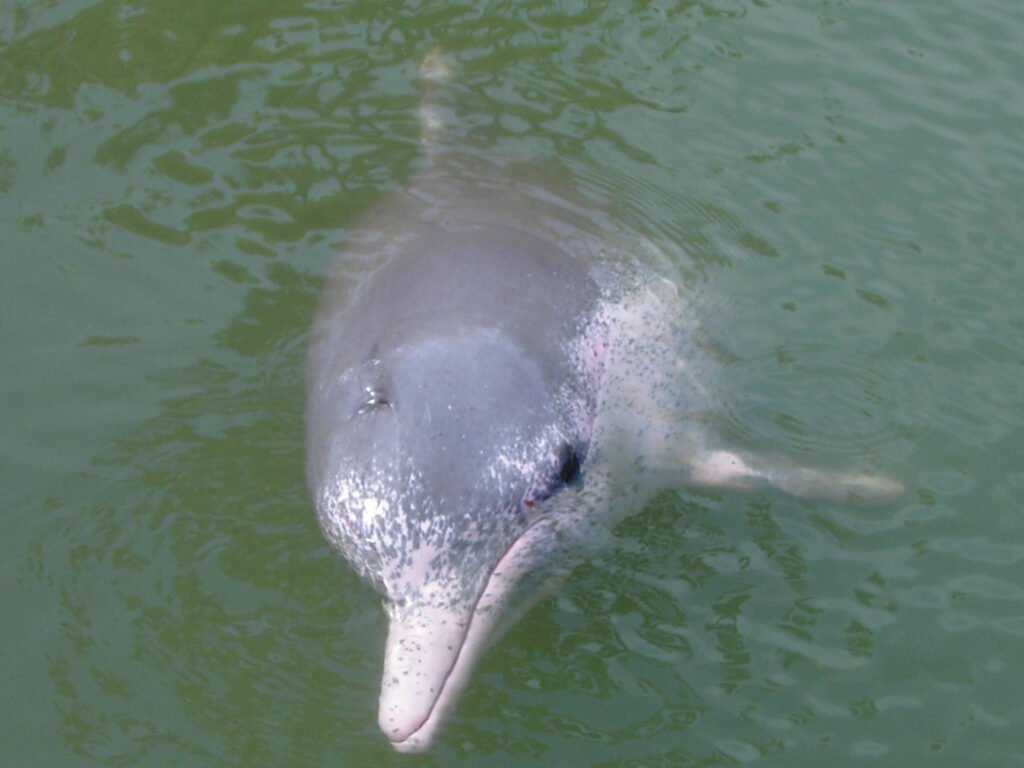On the Front Range, the line between wild and neighborhood is thinning, and elk are the ones rewriting the map. Doorbell cameras catch antlers glinting under porch lights, while lawns whisper the story each morning in cropped tulips and hoofprints. Ecologists see a deeper pattern: shifting climate, altered landscapes, and learned behavior that pulls big animals into human spaces. The mystery is not just why they come, but how their presence reshapes everything from backyard gardens to riverbanks – and what it means for conservation in a warming West. The puzzle is urgent, fascinating, and a little unsettling, and it’s unfolding right outside the mailbox.
The Hidden Clues

Look closely at a cul-de-sac at dawn and you’ll notice the signatures: a scalloped hedge where leaves vanish overnight, cloven prints pressed into damp mulch, and tufts of hair snagged on a fence. Those are the breadcrumbs of a larger migration story playing out at the city’s edge. Elk aren’t simply lost; they’re making choices, learning which streets are quiet, which parks stay green, and which gardens offer tender shoots late into fall. The pattern is systematic, not random, and it repeats from Estes Park to foothill towns up and down the Front Range.
I watched a bull step over a low stone wall like a casual hurdle, then pause to listen – ears pivoting toward distant traffic, not predators. In that moment, the suburbs felt less like a boundary and more like an extension of winter range, stitched together by sidewalks and sprinklers.
From Ancient Trails to Modern Suburbs

Elk have moved across Colorado for centuries along routes that matched the seasons, following a green wave of new growth up into the mountains and drifting downslope when snows deepened. Those routes didn’t vanish; they bent around highways, subdivisions, and recreation hubs, creating a patchwork of stopovers that now includes parks, golf courses, and drainage corridors. Migration is tradition taught through generations, and urban edges are becoming chapters in that tradition. Calves learn from cows where to browse and where to bed down, even if those places now include flood control basins behind retail centers.
Habitat fragmentation didn’t erase movement, it rerouted it. The surprising truth is that many animals adapt faster than our zoning codes do.
City Edge Resources: Lawns, Water, and the Urban Heat Halo

Suburbs serve a buffet: irrigated lawns, ornamental shrubs, and sports fields that stay green when mountain forage dries out. Stormwater ponds and riparian greenways provide reliable water even in late summer, when high-country seeps fade. The urban heat island softens winter’s bite, leaving less snow on south-facing lots and extending access to grass. In drought years, that margin matters, nudging herds to linger near neighborhoods where calories are easier to find.
These resources come with a rhythm elk can learn. Streetlights flip on, sprinklers hiss, traffic ebbs – and a new feeding schedule forms around human routines.
Predators, People, and the Safety Paradox

Inside towns, large predators are scarce and hunting is restricted, so elk discover an odd kind of refuge among people. The tradeoff is risk of collisions, entanglement in fences, and stress from dogs and noise, yet for many herds the net equation still favors staying close. Animals habituate quickly when rewards are consistent and threats are predictable, and suburban nights can be remarkably predictable. Even construction zones become temporary corridors when crews leave and motion quiets.
This safety paradox explains why you’ll see a cow calmly graze a median at dusk: fewer natural enemies, softer winters, and steady food often outweigh the discomfort of proximity to humans.
The Ecological Dominoes

Elk are ecosystem engineers with hooves and appetites, and their suburban presence triggers a chain reaction. Heavy browsing on willow and aspen at creek edges can leave fewer shoots for beavers, reshaping small wetlands that shelter amphibians and songbirds. Trampled soils near trails compact easily, allowing hardy, sometimes invasive plants to gain a foothold where native grasses once dominated. Gardens and young street trees take the brunt in neighborhoods, pushing residents to wrap trunks, fence beds, and shift to less palatable plantings.
Over time, these small shifts add up: altered vegetation structure, changes in water flow along banks, and new patterns of wildlife that follow the elk, from scavenging magpies to wary coyotes. The suburbs don’t just absorb elk; they transform because of them.
Why It Matters

This isn’t only about chewed roses – it’s about how we share space with large animals in a century of climate stress. Traditional wildlife management drew lines between “town” and “range,” but elk are showing that those lines blur when food and warmth spill across them. Public safety enters the picture with vehicle strikes, blocked school routes, and aggressive behavior during rut and calving. Add veterinary concerns like disease transmission and nutrition swings tied to ornamental diets, and you have a complex, citywide management puzzle.
Most importantly, elk are telling us what the landscape is missing: connected habitat, resilient forage, and safe crossings between seasonal homes. If we listen, their routes can guide smarter planning than any map legend ever could.
The Future Landscape

Collared herds are already teaching planners where bottlenecks form, and high-resolution tracking is mapping the precise hours when animals move through neighborhoods. Camera networks and doorbell footage, when anonymized and pooled, can reveal seasonal pulses of activity street by street. Engineers are responding with wildlife overpasses, better fence designs, and culvert retrofits that function as miniature corridors through town. Landscape architects are experimenting with native plant palettes that are less attractive to elk yet still support pollinators and cool the urban core.
Climate projections suggest longer warm seasons and more frequent dry spells, which means the temptation of irrigated greens will likely grow. The question isn’t whether elk will come; it’s how we adapt our streets, parks, and policies so coexistence is intentional rather than accidental.
Global Perspectives

Colorado’s story echoes a wider pattern: large herbivores slip into cities wherever food, safety, and warmth converge. European boar nose through refuse in urban forests, Scandinavian moose browse orchards at village edges, and deer transform North American suburbs into new-season woodlands. These comparisons matter because they show consistent drivers and repeatable solutions, from corridor planning to conflict mitigation. Places that moved fast on crossings and fencing standards often saw fewer collisions and more predictable animal movement.
The global lesson is simple but powerful: when we design for wildlife motion, towns function better for people too. Reduced crashes, healthier creeks, and quieter nights are shared benefits, not tradeoffs.
A Shared Path Forward

Start small at home: secure attractants, plant less palatable species where browsing is heavy, and give animals space during calving and rut. Support community efforts that prioritize wildlife-smart infrastructure – crossings on busy roads, fence retrofits with escape options, and greenway designs that guide movement away from schools and dense housing. Encourage data sharing between residents, researchers, and agencies so patterns are visible and decisions are grounded in real movement, not assumptions.
Most of all, keep curiosity alive. When a herd slips past your streetlight, see it as a message about what the land wants to do – and how we can make room for it without losing our front yards. The path forward is practical and hopeful, written one corridor, one culvert, and one thoughtful planting choice at a time. Will we read those clues and act before the next hoofprints fade into the morning?

Suhail Ahmed is a passionate digital professional and nature enthusiast with over 8 years of experience in content strategy, SEO, web development, and digital operations. Alongside his freelance journey, Suhail actively contributes to nature and wildlife platforms like Discover Wildlife, where he channels his curiosity for the planet into engaging, educational storytelling.
With a strong background in managing digital ecosystems — from ecommerce stores and WordPress websites to social media and automation — Suhail merges technical precision with creative insight. His content reflects a rare balance: SEO-friendly yet deeply human, data-informed yet emotionally resonant.
Driven by a love for discovery and storytelling, Suhail believes in using digital platforms to amplify causes that matter — especially those protecting Earth’s biodiversity and inspiring sustainable living. Whether he’s managing online projects or crafting wildlife content, his goal remains the same: to inform, inspire, and leave a positive digital footprint.



